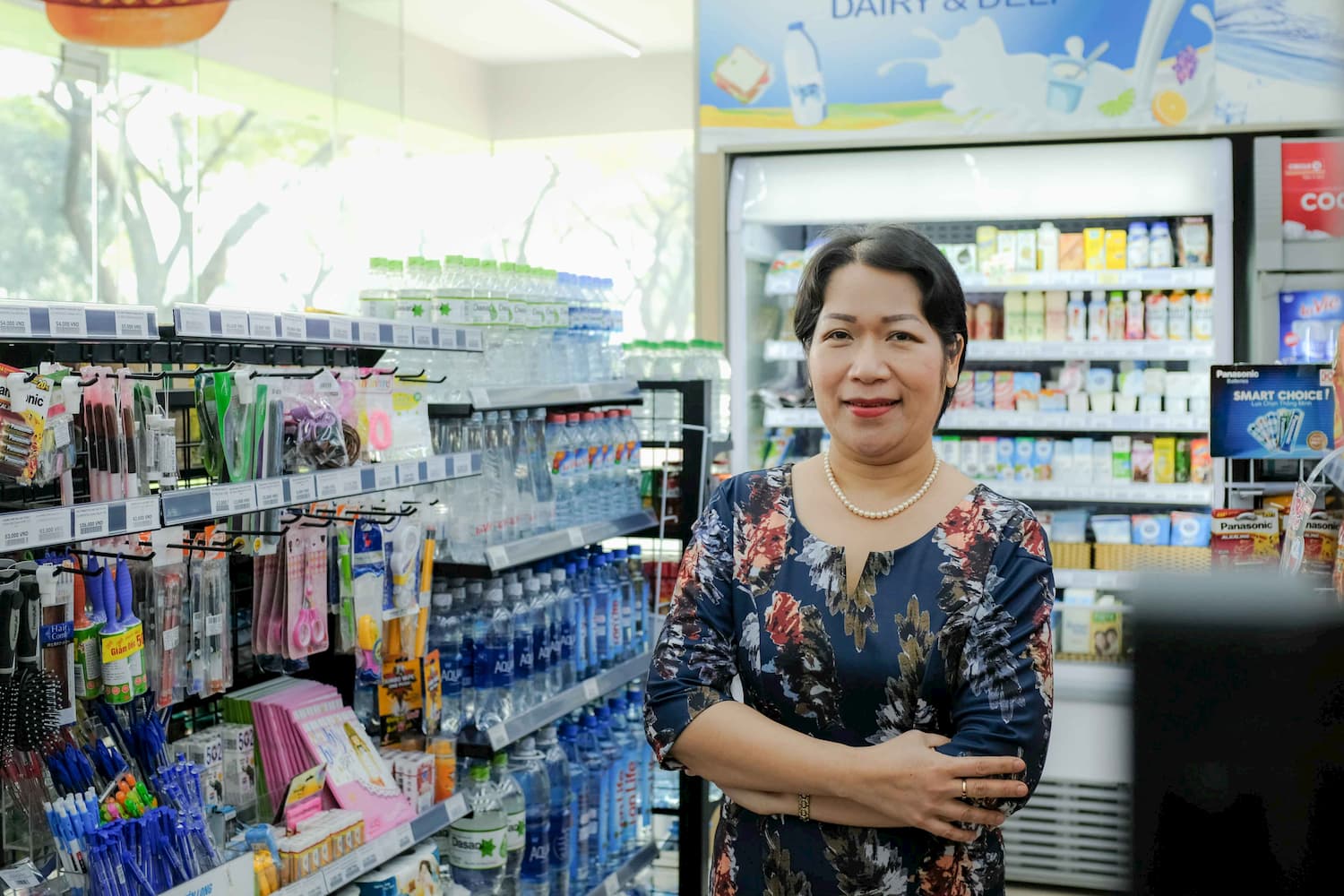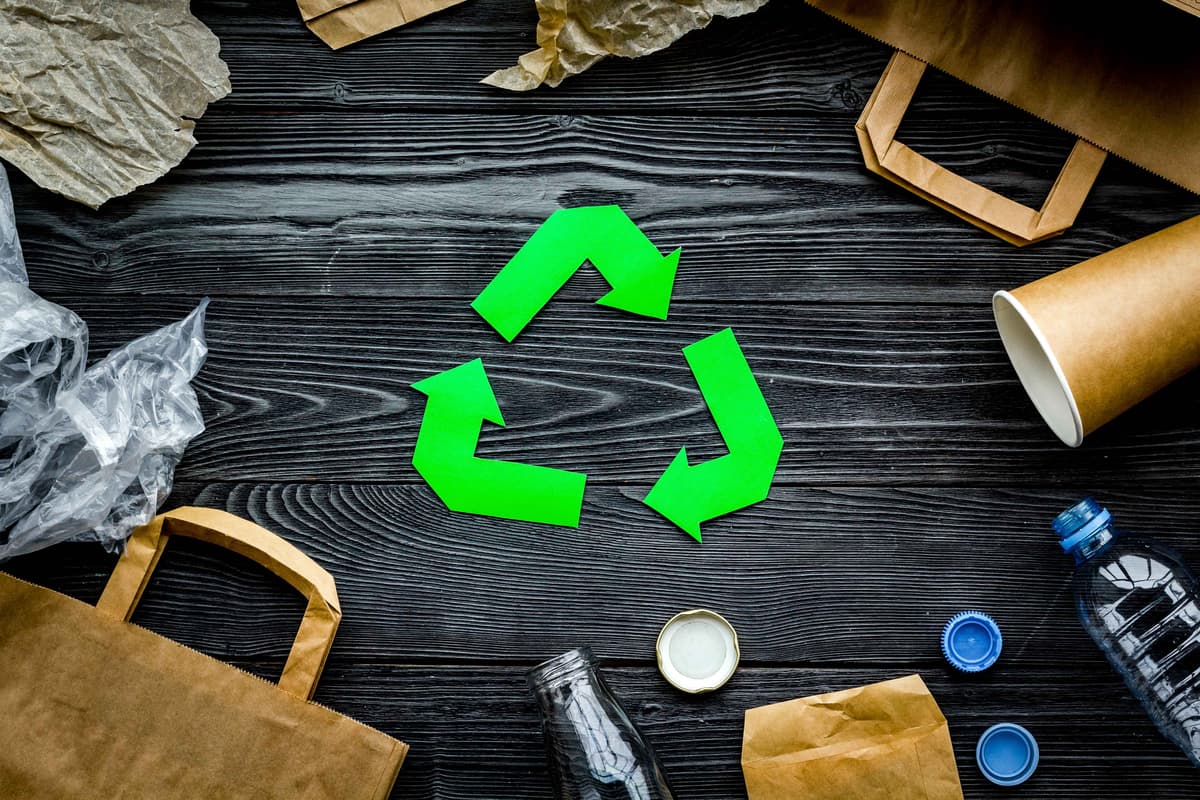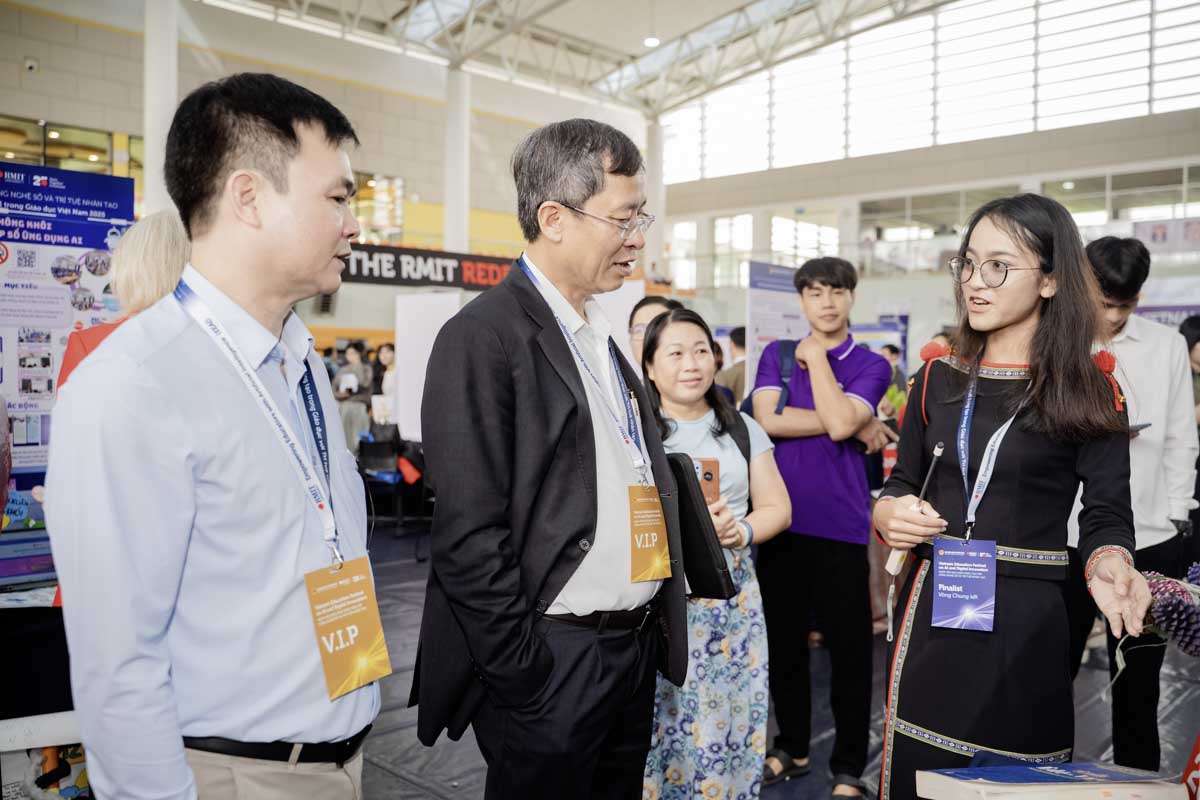Limited understanding of manufacturing technology
The study also found that a barrier to consumer acceptance was a lack of knowledge and understanding of technologies.
“Consumers are unable to evaluate manufacturing processes or account for the use of energy and materials in order to estimate which product or packaging is the least harmful to the environment,” Dr Anh Thu said.
“While LCA is the most comprehensive and complete tool for quantitatively assessing environmental impacts of different types of food packaging, it is often used as an in-house tool, and its results are not available to the public.”
“When made public, LCA results can simply confuse consumers due to the complexity of such data.”
Dr Anh Thu emphasised that making the findings of the LCA public, simple and understandable, “is one way to address this, by linking manufacturing inputs to environmental impacts”.
“Educating consumers about the packaging life cycle might be a good start to make them fully aware of related environmental effects,” Dr Thu suggested.
“The current technological aspects of the manufacturing process may be beyond an average consumer’s capacity to engage with and given the nature and rate of change in Vietnam’s rapidly developing market, keeping up with information flows about technology might be beyond the consumer’s capacity to assimilate.”
Market appeal
According to the research, consumers also value an attractive graphic design, functional performance and reasonable price in addition to packaging materials.
“Consumers are more attracted by colourful images on the package and show their dissatisfaction with the poor appearance of paper-based packages (which are considered to be eco-friendly),” Dr Anh Thu said.
“The main function of packaging is to protect the product throughout its shelf life,” Dr Anh Thu explained. “This re-emphasises the functional role that eco-friendly packaging should play in order to gain acceptance of some consumer segments while also satisfying aesthetic needs of other consumer segments.”
The findings showed that Vietnamese consumers preferred eco-friendly products that were priced at the same rate or cheaper than conventional packaging.
“Manufacturers of packaged food products need to consider cost-effective solutions for eco-friendly packaging alternatives to stay competitive in the market and to decrease their environmental footprint,” she said. “This may require governments and industries to become more involved in setting guidelines for packaging designs that ensure a minimum standard for environmental impacts. Relying on consumers to demand eco-friendly packaging and to pay a premium price is not a workable solution.”
Dr Nguyen Anh Thu's research A consumer definition of eco-friendly packaging was published in Journal of Cleaner Production (Q1).
Story: Ha Hoang






